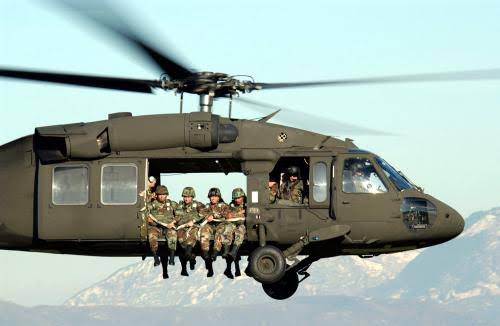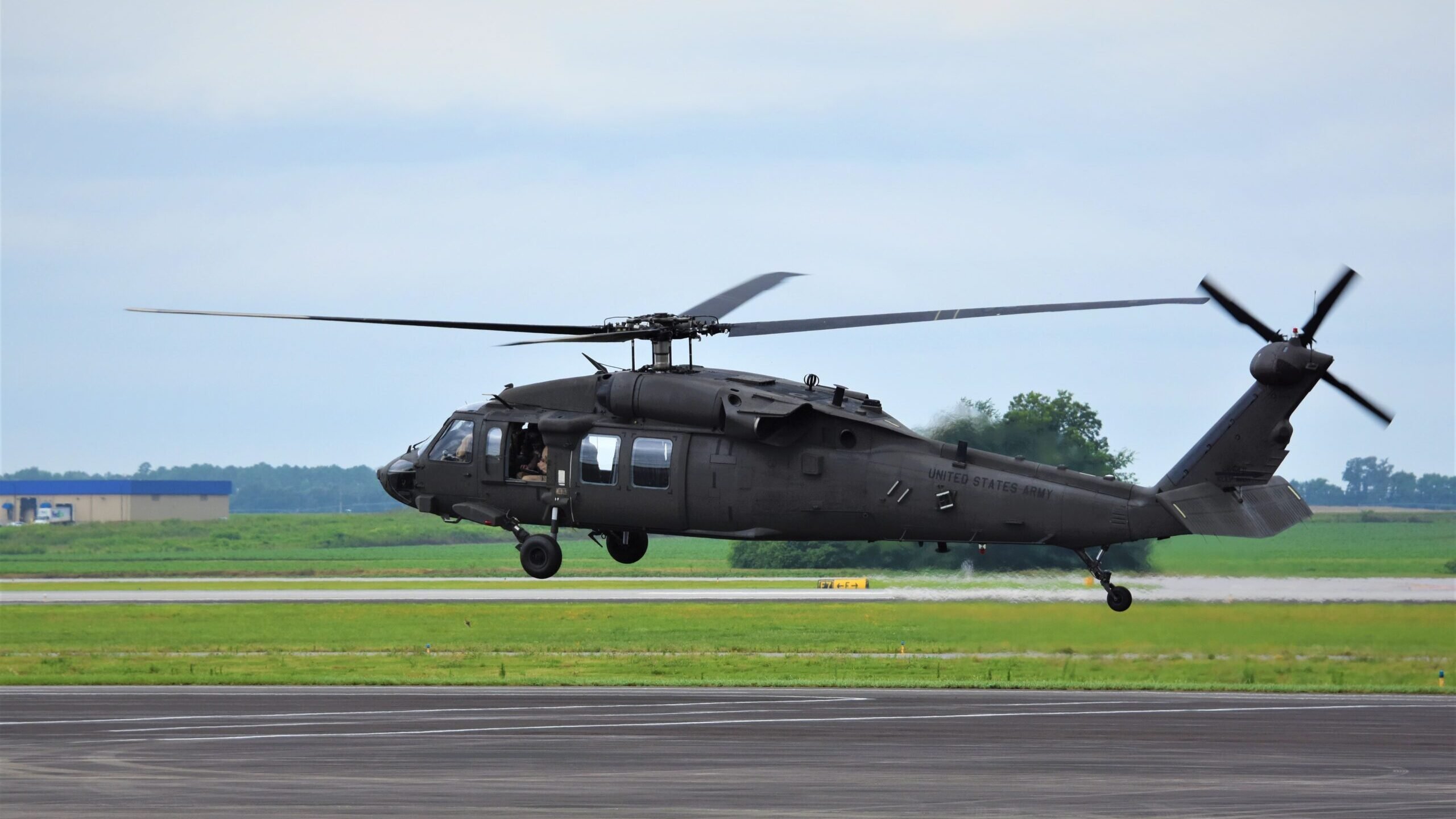The Effect of Sustainable Practices on the Future of Airplane Operations and Emissions Reduction
As the aeronautics sector deals with increasing analysis over its environmental influence, the fostering of lasting techniques becomes an essential pathway toward future aircraft procedures and emissions decrease. Developments in lasting aviation fuels and improvements in hybrid propulsion innovations stand at the forefront of this transformation, promising substantial decreases in greenhouse gas exhausts. The effective integration of these campaigns hinges on a range of elements, consisting of governing frameworks and market partnership. The question continues to be: how will these developing methods reshape the dynamics of flight and add to an extra lasting future?

Introduction of Lasting Practices
Sustainable practices in airplane operations incorporate a series of strategies intended at reducing environmental influence while keeping functional efficiency. These methods are crucial in the aviation industry's dedication to lessening its carbon footprint and sticking to worldwide environmental standards. Key efforts include enhancing trip courses to lower fuel consumption, enhancing maintenance protocols to make sure airplane operate at peak efficiency, and applying innovative technologies such as winglets and light-weight materials that enhance the rules of aerodynamics.

Engaging and training team on sustainability techniques additionally play a vital role, promoting a society of environmental obligation within companies. Overall, the combination of these sustainable techniques not only helps in reducing exhausts yet likewise improves the long-lasting feasibility of the air travel field, ensuring it satisfies the demands of both customers and regulatory bodies while adding to global sustainability goals.
Cutting-edge Fuel Alternatives
Numerous ingenious gas alternatives are emerging as crucial remedies to lower the aviation sector's reliance on conventional fossil gas. Among these alternatives, Lasting Aeronautics Fuels (SAFs) have acquired significant focus as a result of their potential to decrease lifecycle greenhouse gas emissions by approximately 80% contrasted to traditional jet fuels. SAFs are originated from various feedstocks, consisting of waste oils, agricultural residues, and even algae, making them a versatile option for the sector.
An additional promising alternative is hydrogen fuel, which, when used in gas cells, generates just water vapor as a byproduct. Additionally, electric propulsion systems are being checked out, leveraging battery modern technology to power airplane.
Finally, biofuels stemmed from biomass are being explored, supplying a sustainable option that can be mixed with traditional gas. Jointly, these cutting-edge gas alternatives represent a vital step toward attaining a lasting aeronautics community, aligning with worldwide emissions decrease targets and boosting the market's ecological stewardship.
Technological Innovations in Aeronautics

How can technical innovations improve the future of aviation? The assimilation of advanced technologies is crucial in transforming airplane operations, enhancing performance, and reducing exhausts. Innovations such as electric and hybrid propulsion systems go to the center, encouraging substantial decreases in gas intake and greenhouse gas exhausts. These systems leverage innovations in battery modern technology and power administration, allowing aircraft to run with a lower environmental impact.
In addition, the execution of innovative products, such as light-weight compounds, adds to enhanced the rules of aerodynamics and fuel efficiency. Making use of visit our website expert system and artificial intelligence in flight procedures maximizes course planning and reduces gas melt by making it possible for real-time modifications based upon climate and web traffic conditions. Additionally, the growth of self-governing and from another location piloted aircraft systems stands to transform freight and traveler transportation, possibly enhancing efficiency while minimizing human error.
Furthermore, sustainable air travel innovations, consisting of advanced air traffic monitoring systems, can lower and simplify procedures congestion, bring about lower exhausts throughout trip. These developments collectively represent a paradigm change in aviation, guaranteeing a future where sustainability and operational efficiency are intertwined, therefore sustaining the industry's commitment to minimizing its environmental impact.

Governing Structure and Conformity
Due to the expanding emphasis on environmental stewardship within the air travel field, the regulatory framework governing airplane procedures is advancing to advertise sustainable practices. Governing bodies, such as the International Civil Aviation Company (ICAO) and various national aeronautics authorities, are introducing rigorous standards targeted at reducing emissions and boosting operational efficiency.
These laws commonly include the fostering of Lasting Aeronautics Gas (SAF), which has been recognized as a crucial element in helpful site attaining lower carbon footprints. Additionally, conformity with these laws needs airlines to execute operational practices and advanced modern technologies, such as maximized flight courses and enhanced air web traffic monitoring, to decrease fuel consumption.
In addition, the enforcement of emissions trading schemes and carbon countering campaigns is coming to be increasingly prevalent, compelling airlines to check and report their discharges precisely. Non-compliance can result in considerable penalties, thus pushing operators to focus on sustainability in their business versions.
Inevitably, the evolving regulative landscape not only drives advancement and investment in eco-friendly innovations however likewise promotes a society of responsibility within the aeronautics industry. As these structures proceed to establish, the concentrate on sustainable methods will certainly be indispensable to accomplishing the industry's long-term environmental goals.
Future Fads in Aircraft Operations
As the aviation sector adapts to a progressively rigid regulatory atmosphere, future fads in aircraft procedures are readied to concentrate on innovative remedies that additionally improve sustainability and performance - uh 60. Key growths will likely consist of the fostering of advanced air website traffic administration systems, which make use of real-time information and expert system to maximize trip paths, decreasing fuel usage and emissions
One more considerable fad is the increased assimilation of lasting air travel gas (SAFs) These alternatives to standard jet fuel, stemmed from eco-friendly sources, can considerably decrease lifecycle greenhouse gas emissions. The industry's commitment to SAFs will likely increase as airlines work together with gas manufacturers to make certain accessibility and cost-effectiveness.
In addition, the press in the direction of electrification and hybrid propulsion systems is gaining momentum. Emerging airplane styles will certainly include these innovations, using quieter and much more effective operations, especially for short-haul flights.
Conclusion
To conclude, the combination of lasting techniques in aircraft procedures holds significant potential for emissions reduction and enhanced efficiency. The adoption of sustainable aeronautics fuels, paired with innovations in electrical and hybrid propulsion Click Here systems, is essential for lessening lifecycle greenhouse gas discharges. Enhancing flight courses and embracing innovative technologies add to a quieter and much more eco pleasant air travel field. Jointly, these initiatives straighten with worldwide sustainability objectives and lead the way for a greener future in air travel.
Developments in sustainable aviation fuels and innovations in crossbreed propulsion technologies stand at the leading edge of this makeover, promising significant decreases in greenhouse gas emissions.Various ingenious fuel choices are emerging as essential services to lower the aviation industry's dependence on typical fossil gas - uh 60. Among these alternatives, Sustainable Air travel Gas (SAFs) have gained considerable attention due to their prospective to reduce lifecycle greenhouse gas discharges by up to 80% contrasted to conventional jet fuels.One more substantial pattern is the raised assimilation of lasting air travel fuels (SAFs) The fostering of lasting aviation fuels, coupled with advancements in hybrid and electrical propulsion systems, is vital for reducing lifecycle greenhouse gas emissions